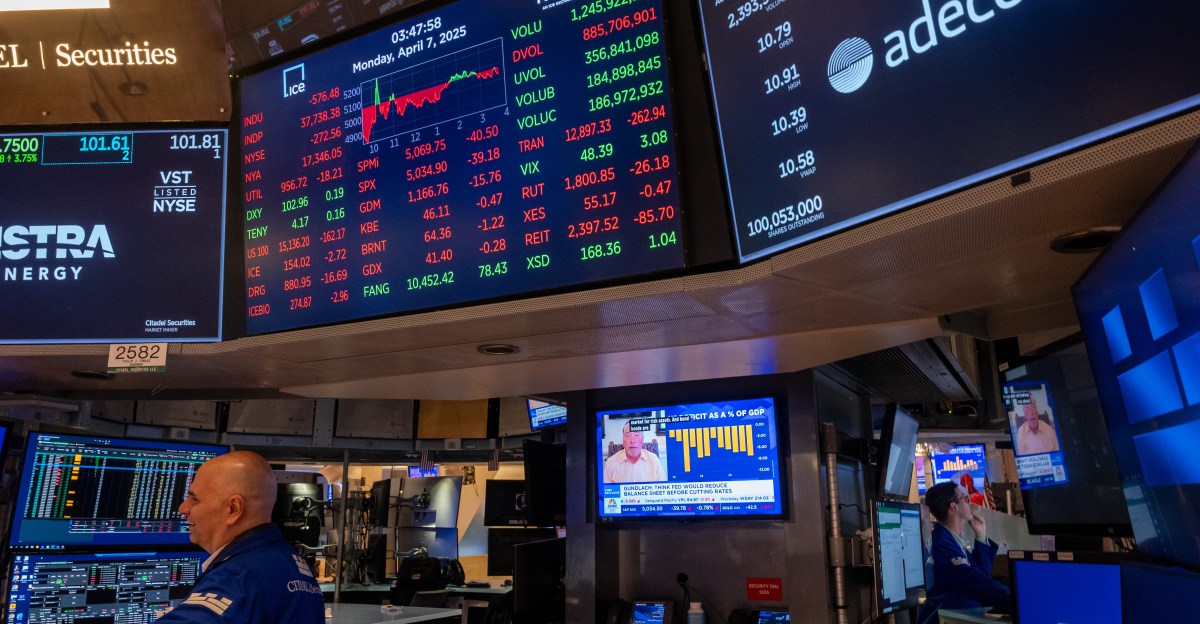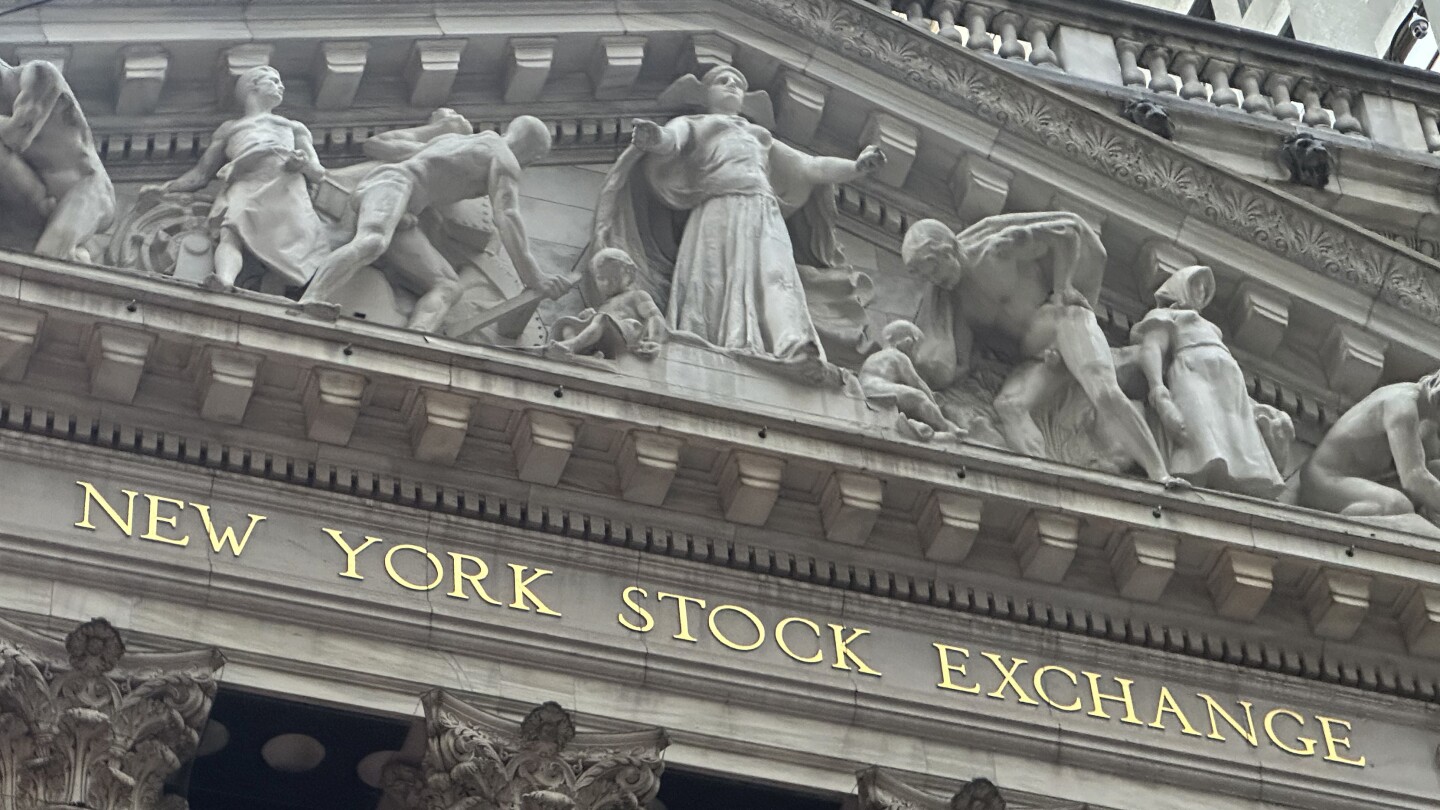Unpacking the Impact: How Trump’s Tariff Policies Triggered Market Turmoil
In 2018, President Donald Trump’s aggressive tariff policies ignited a firestorm in global markets, sending shockwaves through Wall Street and beyond. The administration imposed billions in tariffs on Chinese goods, sparking retaliatory measures and creating a ripple effect that destabilized trade relations, rattled investors, and contributed to a sharp market downturn. This article examines the economic fallout, investor sentiment, and long-term implications of these trade wars.
The Genesis of Trump’s Trade War
Trump’s tariff strategy, branded as a tool to protect American industries, targeted over $250 billion worth of Chinese imports, with duties ranging from 10% to 25%. The move aimed to curb intellectual property theft and reduce the U.S. trade deficit. However, economists warned of unintended consequences. “Tariffs are taxes on consumers and businesses,” remarked Dr. Linda Yueh, an Oxford economist. “The immediate market reaction reflected deep uncertainty about supply chains and profitability.”
Data from the U.S. Bureau of Economic Analysis revealed that the tariffs coincided with a 1.5% drop in GDP growth in Q4 2018, while the S&P 500 plummeted nearly 20% from its peak. Key sectors like agriculture and manufacturing faced disproportionate blows, with soybean exports to China dropping by 75% in 2019.
Market Reactions and Investor Panic
Investors initially responded with caution, but as tensions escalated, panic set in. The Dow Jones Industrial Average suffered its worst December since the Great Depression, shedding over 3,500 points. “The volatility index (VIX) spiked to levels not seen since the 2008 financial crisis,” noted financial analyst Mark Zandi. “Markets hate unpredictability, and Trump’s trade policies were a textbook example.”
- Retaliatory Measures: China’s tariffs on U.S. goods targeted politically sensitive industries, including agriculture, amplifying rural discontent.
- Supply Chain Disruptions: Companies reliant on Chinese imports, like Apple and Tesla, saw production costs soar, squeezing profit margins.
- Global Spillover: Emerging markets, particularly export-dependent economies like Germany and South Korea, experienced slowed growth.
Divergent Perspectives on the Tariff Strategy
Proponents argued the tariffs were a necessary corrective to decades of unfair trade practices. “China’s predatory tactics demanded a strong response,” asserted trade policy expert Robert Lighthizer. Critics, however, highlighted the collateral damage. A 2019 study by the National Bureau of Economic Research estimated that the tariffs cost U.S. consumers $1.4 billion monthly in higher prices.
Small businesses bore the brunt. A National Retail Federation survey found that 67% of retailers faced increased costs, with many passing expenses to customers. Meanwhile, the Federal Reserve intervened, cutting interest rates three times in 2019 to mitigate economic headwinds.
Long-Term Economic Ramifications
The trade war accelerated shifts in global supply chains, with companies diversifying production to Vietnam, Mexico, and India. While some U.S. manufacturers benefited from reduced competition, others struggled with higher input costs. The Peterson Institute for International Economics projected a 0.3% reduction in long-term U.S. GDP growth due to sustained tariffs.
Furthermore, the turmoil strained U.S.-China relations, complicating future negotiations. “The trust deficit widened,” said geopolitical analyst Ian Bremmer. “Even after the Phase One deal in 2020, the structural issues remained unresolved.”
Lessons for Future Trade Policies
The Trump-era tariffs underscored the delicate balance between protectionism and global cooperation. Key takeaways include:
- Market Sensitivity: Sudden policy shifts can trigger disproportionate volatility, necessitating clearer communication.
- Consumer Impact: Tariffs often function as regressive taxes, disproportionately affecting lower-income households.
- Strategic Alliances: Unilateral actions risk alienating allies, as seen in EU and NATO partners’ critiques.
Looking ahead, policymakers must weigh short-term gains against long-term stability. As global supply chains evolve, the debate over free trade versus economic nationalism will persist. For investors, diversification and hedging against trade-related risks remain critical strategies.
For deeper insights into how trade policies shape markets, subscribe to our weekly economic briefing.
See more CNBC Network



